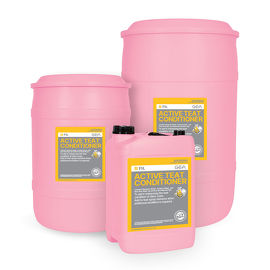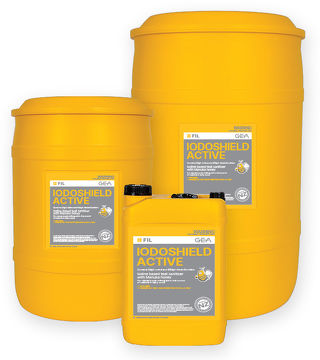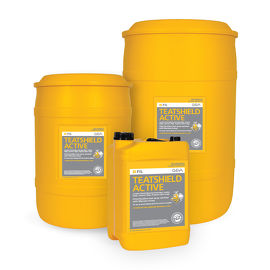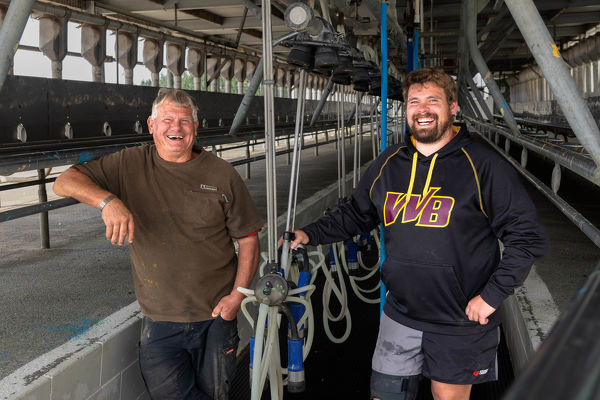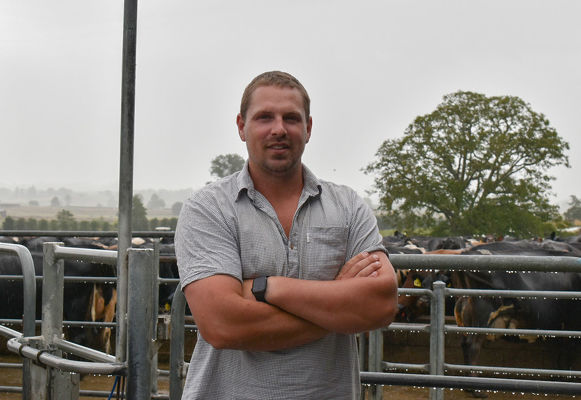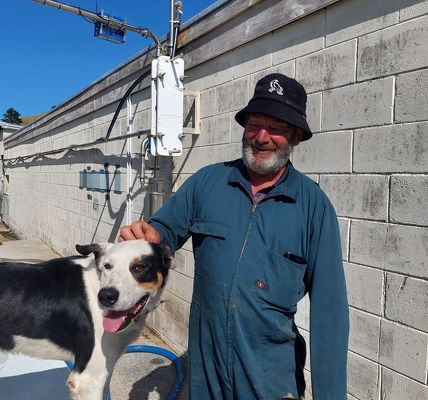Sarah Smart - Otago
How Oamaru farmer solved a seven-year mastitis problem
“Knowledge is power” says Farm Manager Sarah Smart, who had experienced a high incidence of clinical mastitis for seven years and was treating 20 percent of the herd annually. Today, the herd’s SCC is the lowest it has ever been.
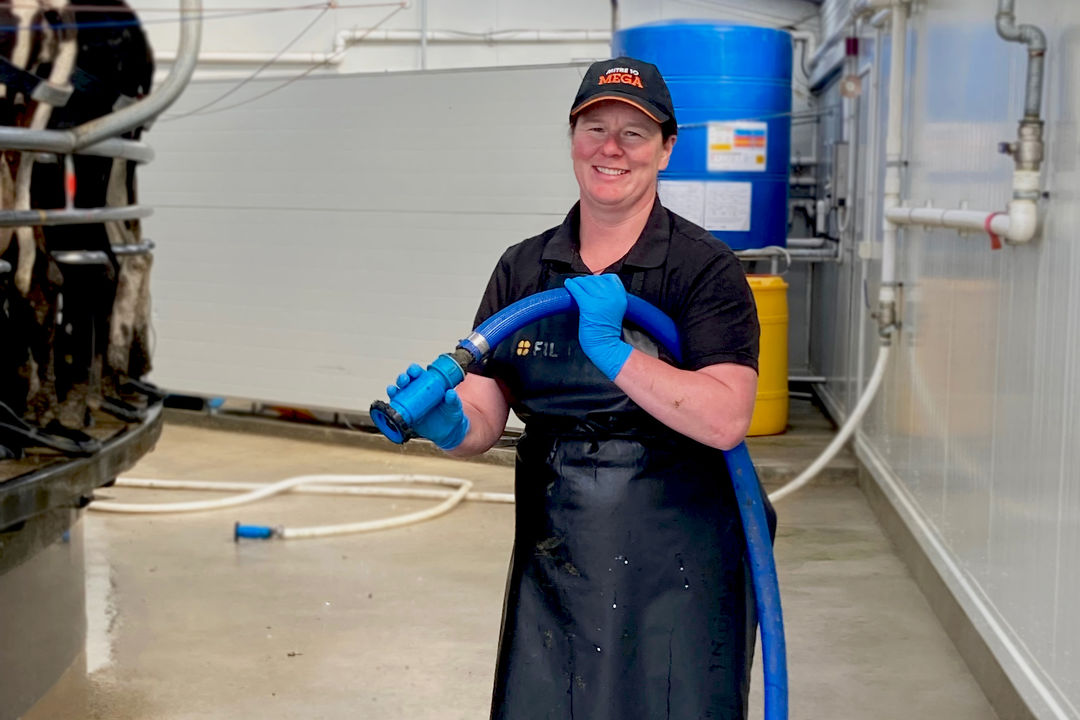
“Knowledge is power,” says dairy farmer Sarah Smart, who had experienced a high incidence of clinical mastitis for seven years and was treating 20 percent of the herd annually. Today, they are on top of the mastitis issue with more knowledge and better practice, and the herd’s somatic cell count (SCC) is the lowest it has ever been.
Sarah oversees animal health at Hillbrook Dairies Ltd, a 200-hectare dairy farm milking 645 cows in North Otago.
With a SCC between 120,000 and 200,000, the situation wasn’t serious. “We just wanted to do better. Mastitis was a niggly issue we couldn’t seem to crack,” explains Sarah.
Herd testing four times a year, the team knew which cows had a high SCC. They were not aware, however, of the exact pathogens causing the ongoing problem, or any other factors that might have been negatively impacting teat condition.
“We thought we were dealing with clinically infected Staph aureus cows, we had prescribed medication and we were treating the animals accordingly,” says Sarah.
With no response to treatment and elevated somatic cell count, she contacted FIL Area Manager Kirk Falconer.
“Looking into the history, it was clear that there had been a problem ever since the shed was built seven years ago,” says Kirk.
“Sarah thought that because it was Staph aureus, they either had to live with it or cull a lot of cows.
“Our advice was to dig a little deeper, find out what was going on within the milk and identify exactly which pathogens we were dealing with.”
A diagnostic bulk milk sample from the vat revealed some unexpected results.
Developed by Farm Medix and delivered on farm by FIL’s team, the bulk tank test helps determine exactly what pathogens are present in the milk and whether it is coming from the cows or is hygiene related. The test includes a comprehensive strategic action report that addresses the root cause of the pathogens found.
“There wasn’t a Staph aureus problem,” says Kirk. “Instead, we were dealing with Streptococcus dysgalactiae and Coagulase-negative staphylococci (CNS).”
Strep dysgalactiae is an environmental contagious mastitis associated with teat end damage.
CNS is an opportunistic mastitis which lives on teat skin and will elevate SCC as the cow has an immune response.
“Having this information was handy,” continues Kirk. “We looked to the plant for the causes of Strep dysgalactiae. We immediately found that different length milk tubes were affecting cup alignment, which with associated tension and cup slips can often cause teat damage. We also checked the cup remover settings to ensure the cows were not being over milked. Once those were sorted, we started to see improvements very quickly.
“At the time, the team were using a chlorhexidine-based teat spray. We have learned that chlorhexidine works best against Strep dysgalactiae. In fact, it is the only pathogen which responds better to chlorhexidine and not iodine.”
Kirk advised Sarah to continue with chlorhexidine-based teat spray until they were on top of the Strep dysgalactiae problem.
Come spring and calving, there was a need to deal with environmental pathogens that were coming through. In this instance, iodine-based teat sprays have proven more effective. So, the team made the switch to Iodoshield Active to get a wider span of protection.
At the same time, Kirk introduced the FIL 10-step Spring Milking Procedures into the mix. “The key reason to use this is to eliminate the 2–4 day mastitis that typically arises on New Zealand dairy farms,” says Kirk.
Unfortunately, Sarah admits, the team took a few shortcuts which resulted in cases of mastitis again last spring. Kirk returned to review the steps with the team and rectify the problem.
After calving, with the team following the Spring Milking Procedures to the letter, Strep dysgalactiae rectified and environmental pathogens under control, Sarah and Kirk addressed the CNS problem. The most common mastitis pathogen on NZ dairy farms, CNS seldom causes clinical mastitis and is usually related to ineffective teat spraying. For example, not covering teats well, or not adding enough emollient.
Kirk’s advice was to increase emollient in the teat spray solution to help improve teat condition. He also fine-tuned the teat-spraying programme with training to ensure the team were getting good coverage of the teats.
With an average SCC of 100,000 so far this season, Sarah is thrilled with the progress they have made.
“Mastitis cost us a lot in treatment, time and having the constant risk of a penicillin grade. Thanks to the work we’ve done with FIL and Farm Medix, we have gained good knowledge,” she says.
“After that Snapshot test, we suddenly knew what we were dealing with, what was causing it and we could put steps in to rectify it.”
If a mastitis case presents, Sarah now cultures the samples herself using the Farm Medix Check-Up kit. “Using Check-Up, we find out exactly what pathogens we are dealing with in each case. In some cases, we don’t need to treat the cows. We also know that if we do come across a staph cow, she needs to be managed differently.
“With a significant change in cell count this year versus last year, I’m confident in the decisions we’re making. Our goal is to average under 100 (SCC) for the whole season and we’re on track to achieve that.”
Will she do anything else differently going forward? “Yes” she answers. “We will totally implement the 10-step Spring Milking Procedures. By taking short cuts last spring, we fully paid for it. Having seen other farms implement it well, it makes perfect sense. It’s all about doing the simple steps properly.”


